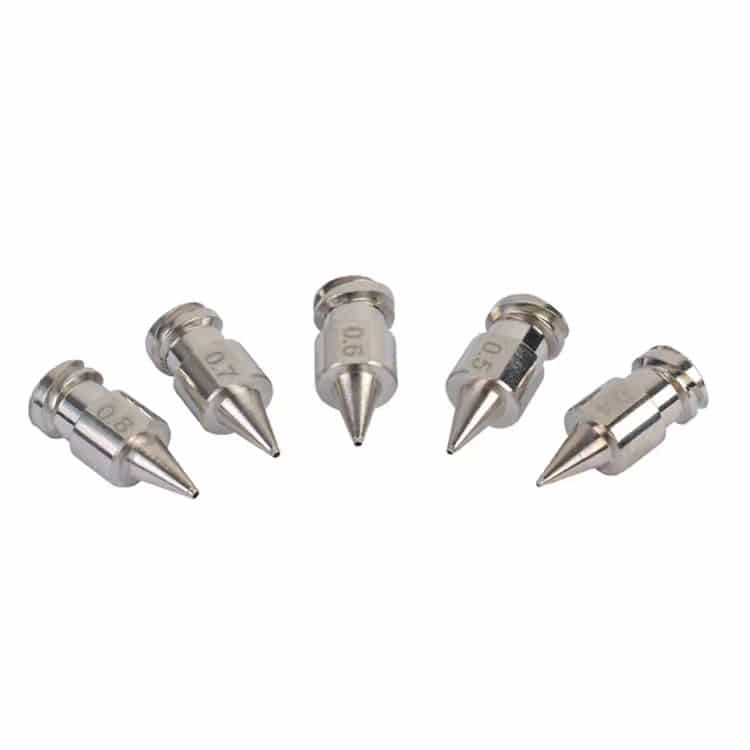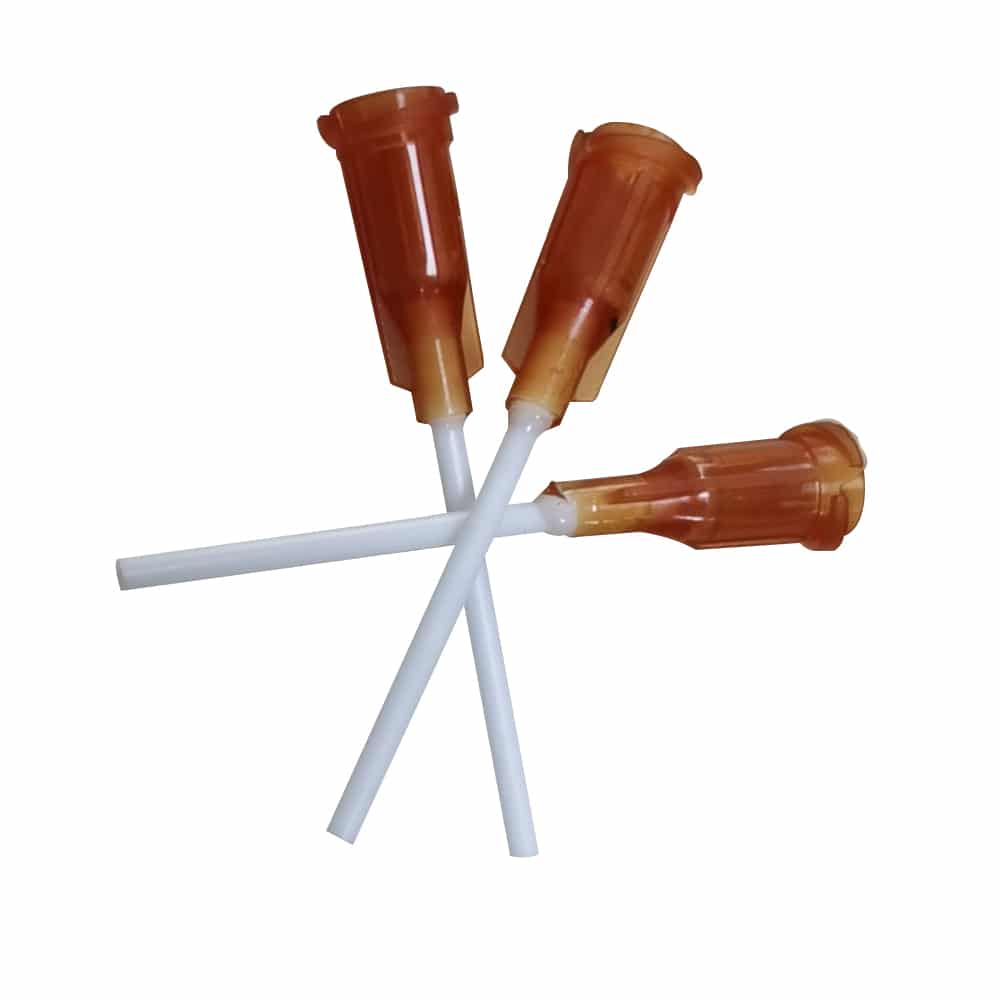Dispensing needles are indispensable tools in various industries, playing a crucial role in precision dispensing applications. Whether you are in the pharmaceutical, electronics, or automotive industry, understanding the ins and outs of dispensing needles is essential for achieving accurate and consistent results. In this comprehensive guide, we will explore the world of dispensing needles, covering their types, applications, and best practices.
Types of Dispensing Needles
-
Blunt-End Needles:
These blunt-end needles have a flat, blunt tip and are commonly used for general-purpose applications. They are ideal for dispensing thicker fluids, such as adhesives, sealants, and gels.
-
Tapered Dispensing Needles:
Tapered dispensing needles have a gradual conical shape, allowing for precision dispensing of medium-viscosity fluids like paints, inks, and lubricants. They are often used in the automotive and aerospace industries.
-
PTFE-Lined Dispensing Needles:
PTFE-lined dispensing needles are a specialized type of dispensing needle commonly used in applications where chemical compatibility and resistance to corrosion are essential. PTFE, or polytetrafluoroethylene, is a synthetic fluoropolymer known for its non-stick and high-temperature resistance properties.
-
Precision Needles:
Precision needles are designed for extremely fine dispensing tasks. They are ideal for applications involving micro-dots, micro-lines, or tiny deposits of adhesive, solder paste, or fluids in the electronics and medical fields.
-
Flexible Needles:
These flexible needles are made from flexible materials such as plastic or polyethylene. They are useful for dispensing in hard-to-reach areas or for applications where rigid needles may not be suitable.
Applications of Dispensing Needles
-
Medical and Pharmaceutical Industry:
Dispensing needles are used for precise drug delivery in applications like insulin injection pens and diagnostic devices. They are also employed in filling vials and microplate wells.
-
Electronics Manufacturing:
Dispensing needles play a critical role in the production of printed circuit boards (PCBs) by accurately dispensing solder paste, adhesives, and conformal coatings. They are also used in the assembly of electronic components.
-
Automotive Industry:
Dispensing needles are used for applying sealants, adhesives, and lubricants in automotive assembly processes, ensuring the durability and reliability of vehicles.
-
Aerospace and Aviation:
In aircraft manufacturing, dispensing needles are utilized for sealing, bonding, and coating applications to maintain structural integrity and safety.
-
Consumer Goods:
They are used in various consumer product manufacturing processes, such as dispensing glues and adhesives for DIY projects or in the packaging industry for precise filling of bottles and containers.
Best Practices for Using Dispensing Needles
-
Proper Needle Selection:
Choose the right type and size of needle for your specific application. Consider factors such as fluid viscosity, desired dispensing volume, and precision requirements.
-
Needle Maintenance:
Regularly clean and inspect needles to prevent clogs or contamination. Replace worn or damaged needles promptly.
-
Dispensing Pressure and Speed:
Adjust dispensing pressure and speed to achieve the desired flow rate and consistency. Test different settings to optimize your process.
-
Needle Angle:
Maintain the correct needle angle to ensure accurate dispensing. Improper angles can lead to uneven or erratic deposits.
-
Material Compatibility:
Ensure that the needle material is compatible with the fluid being dispensed to prevent chemical reactions or material degradation.
-
Safety Measures:
Practice safety precautions when handling dispensing needles, especially when working with hazardous materials or high-pressure systems. Wear appropriate personal protective equipment.
Conclusion
Dispensing needles are indispensable tools in a wide range of industries, enabling precise and controlled fluid dispensing for various applications. Understanding the types of needles, their applications, and best practices for their use is essential for achieving consistent and reliable results. By selecting the right needle and following proper procedures, you can enhance your dispensing processes and product quality. Whether you’re in the medical, electronics, automotive, or any other industry, mastering the art of dispensing needles is a valuable skill.





